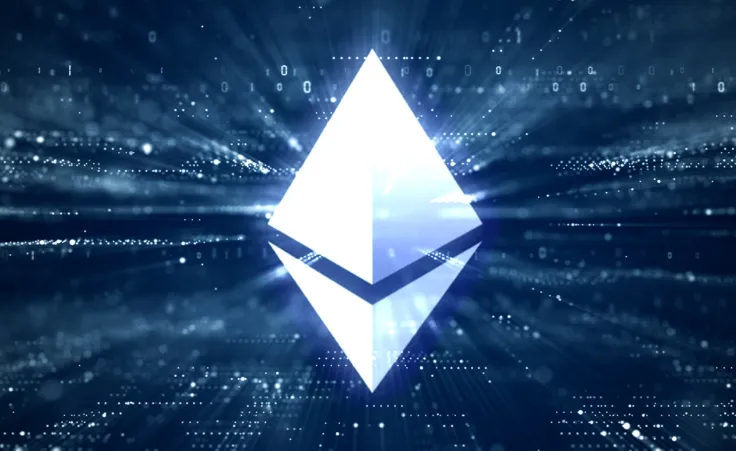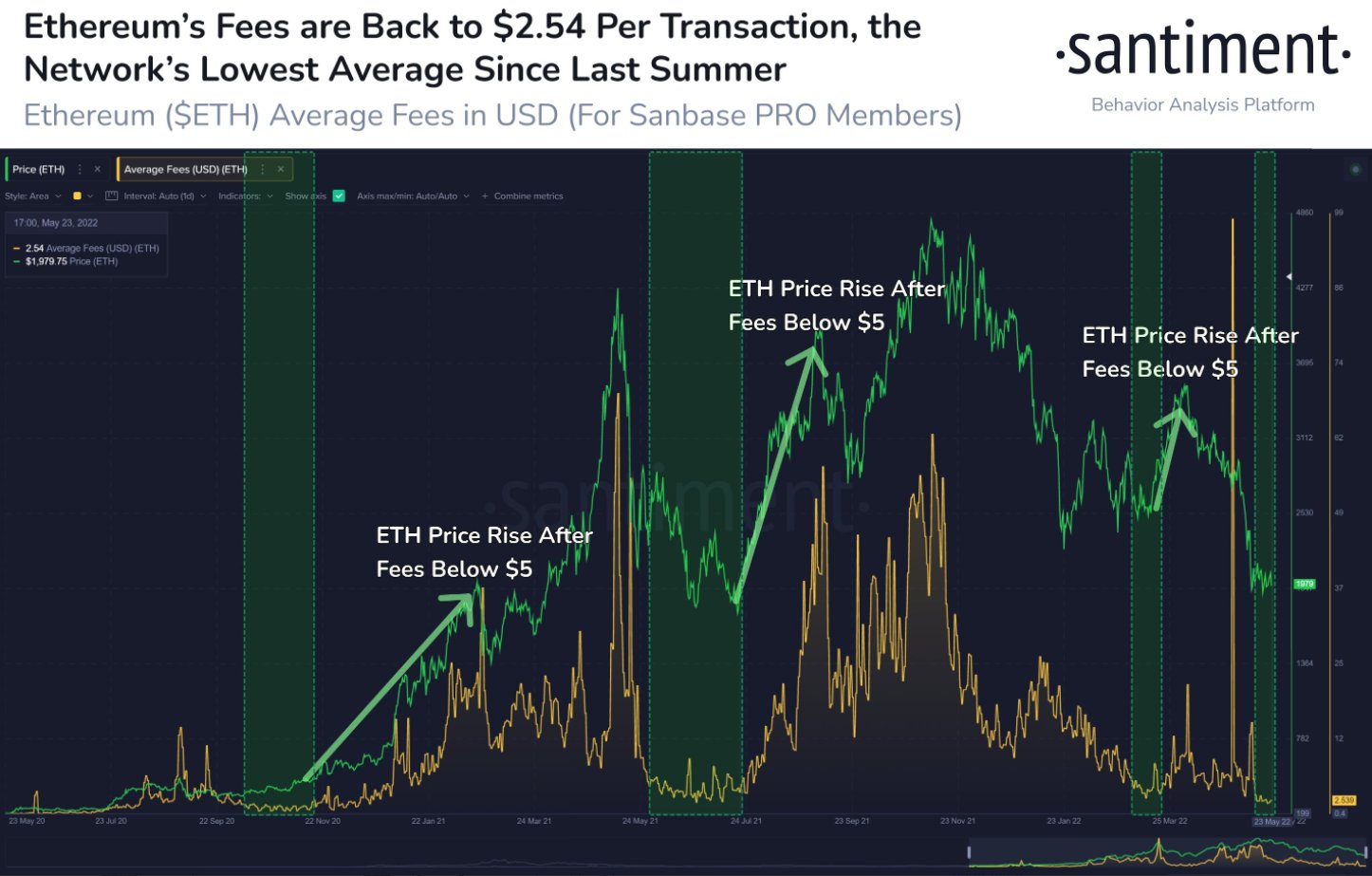
According to data provided by Santiment, Ethereum gas prices have plunged to the level since last summer.
Advertisement
Advertisement

Ethereum gas fees are denominated in giga wei (Gwei). Users have to pay them in order to be able to perform any activity on top of the Ethereum blockchain.
Gas fees usually get significantly higher when the network becomes too congested.
Earlier this month, Ethereum fees experienced a huge increase due to the implosion of Terra despite the fact that the Ether price saw a huge decline
After TerraUSD (UST) lost its peg, users started transferring more Ethereum-based centralized stablecoins. Tether (USDT) and Circle’s USDC briefly became the biggest gas guzzlers on the Ethereum network.
That said, Ethereum is expected to solve the aforementioned issue with the help of sharding after the merge.
As reported by U.Today, co-founder Vitalik Buterin predicted that Ethereum 2.0, the proof-of-stake iteration of the second-largest blockchain, could end up being launched as soon as August.
Apart from eliminating high gas fees, the merge is also expected to drastically reduce Ethereum’s energy consumption.
Morning Crypto Report: Ex-Ripple CTO Reveals Unknown XRP Story From 2013, Shiba Inu (SHIB) Rockets 30% in $12 Billion Meme Coin Comeback, Legendary Trader Suddenly Becomes Bitcoin Cash Bull
Schiff Dismisses Bitcoin Rally as BTC Reclaims $93K
Shiba Inu (SHIB) Price Prediction 2026
Crypto Market Review: Shiba Inu (SHIB) Wants Zero Removed, XRP's Critical 2026 Resistance Destroyed, Bitcoin Needs 2 More Moves Before $100,000

 Godfrey Benjamin
Godfrey Benjamin Gamza Khanzadaev
Gamza Khanzadaev Arman Shirinyan
Arman Shirinyan Tomiwabold Olajide
Tomiwabold Olajide